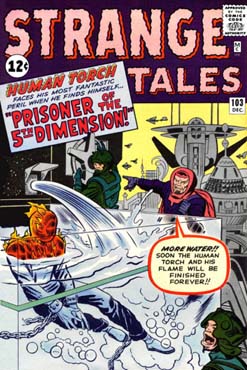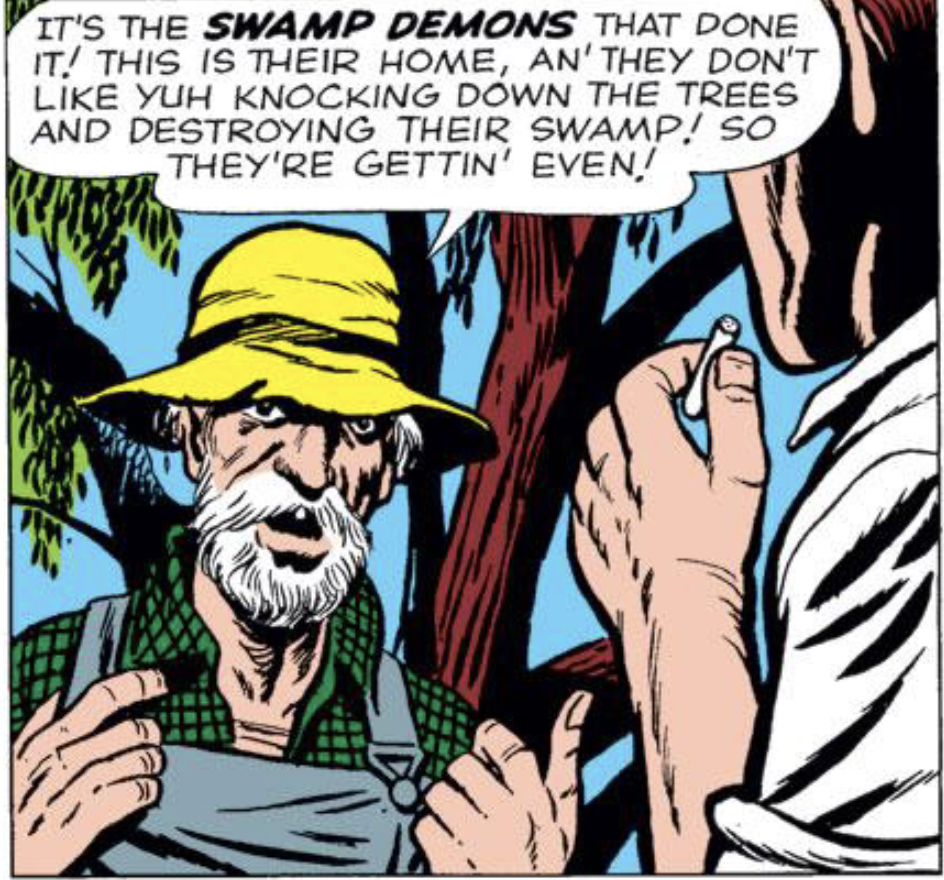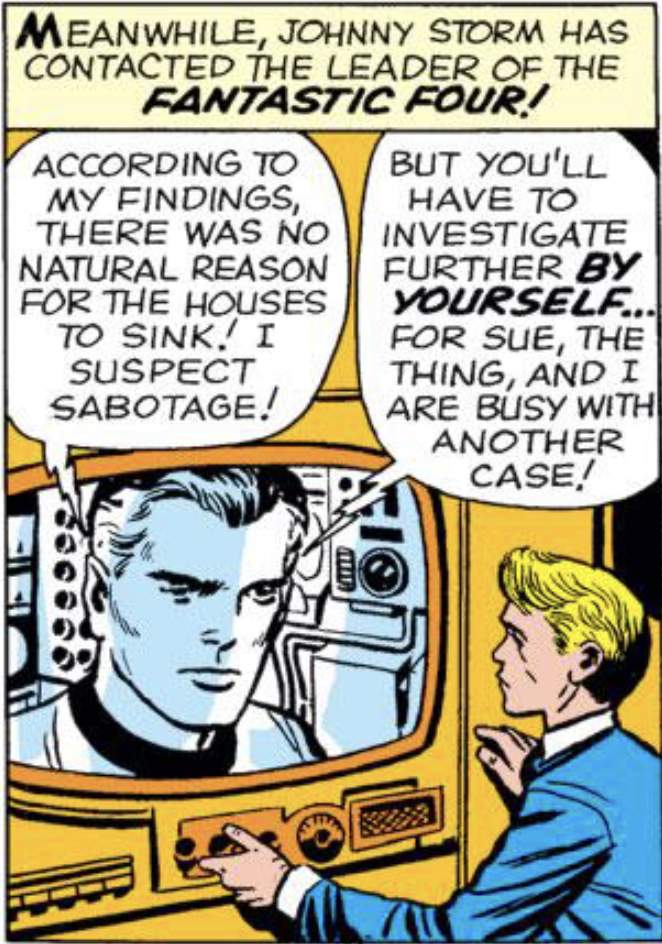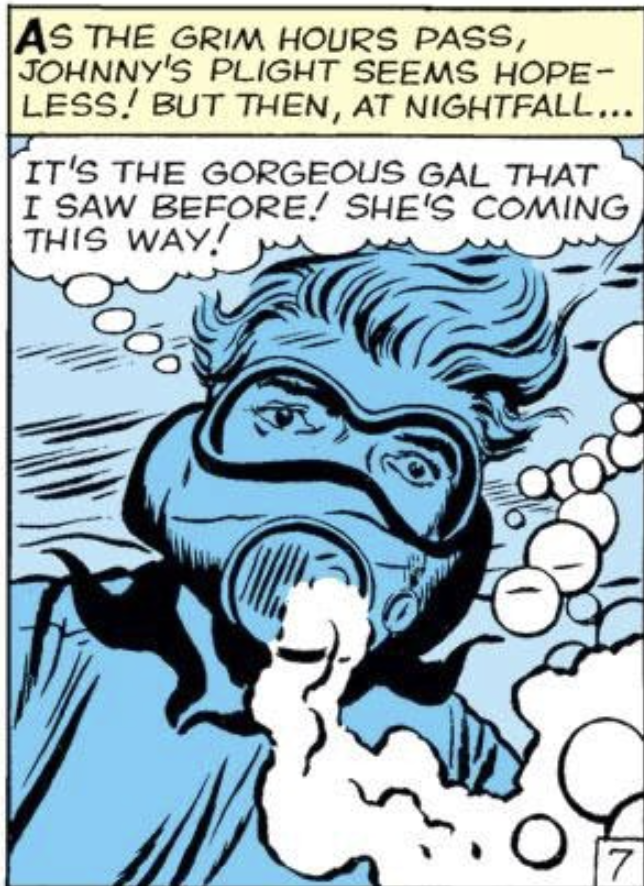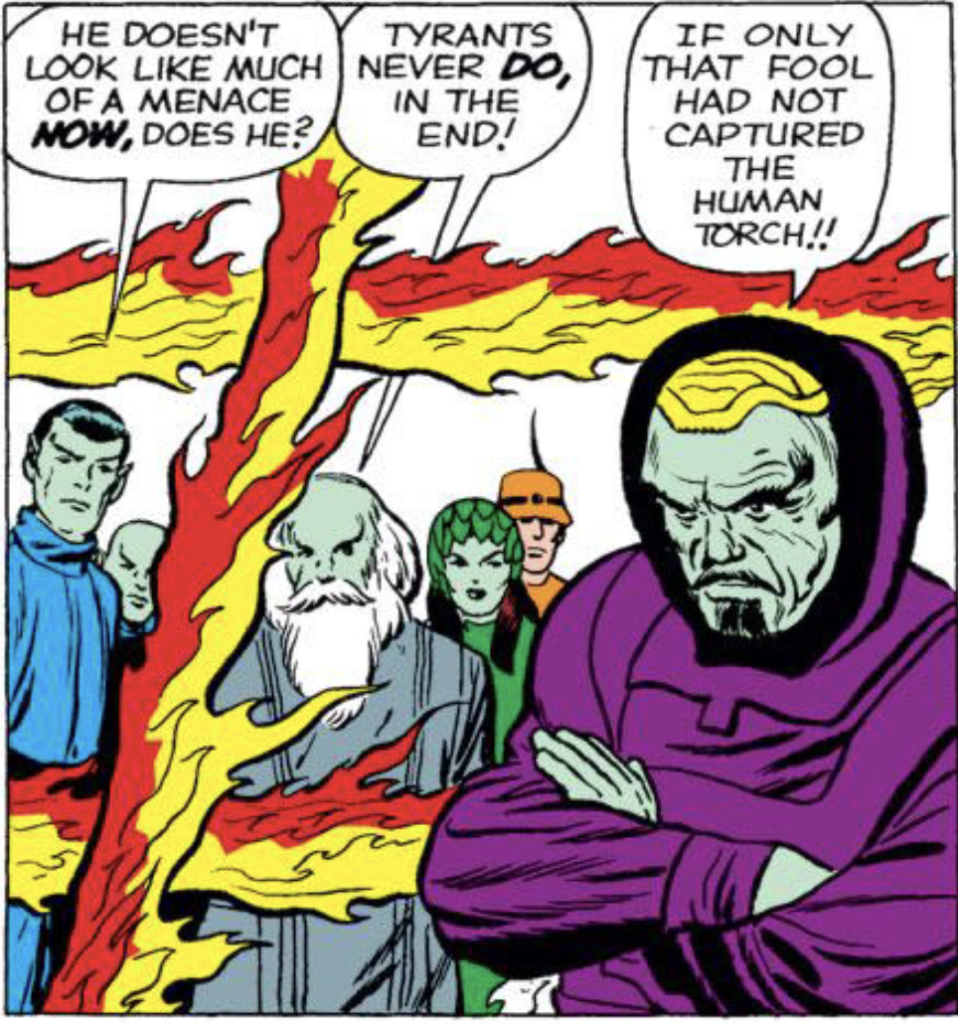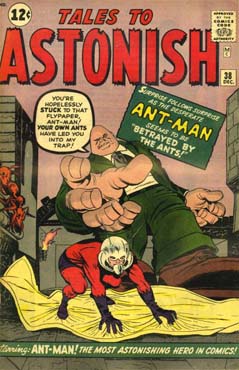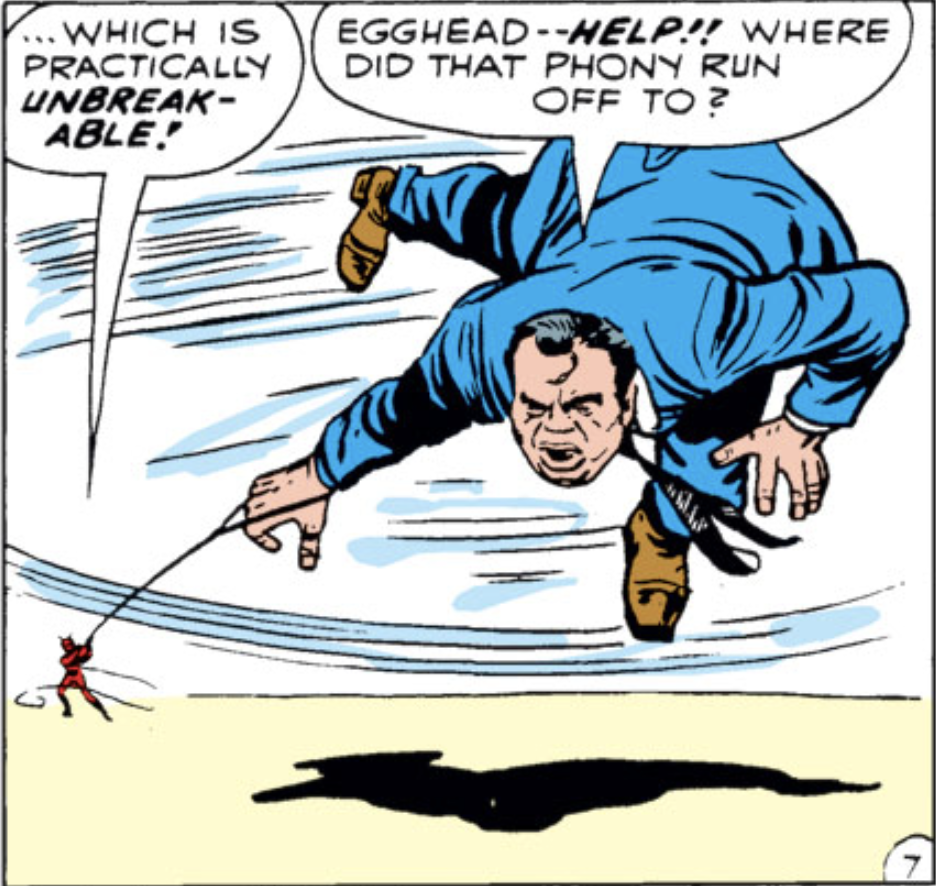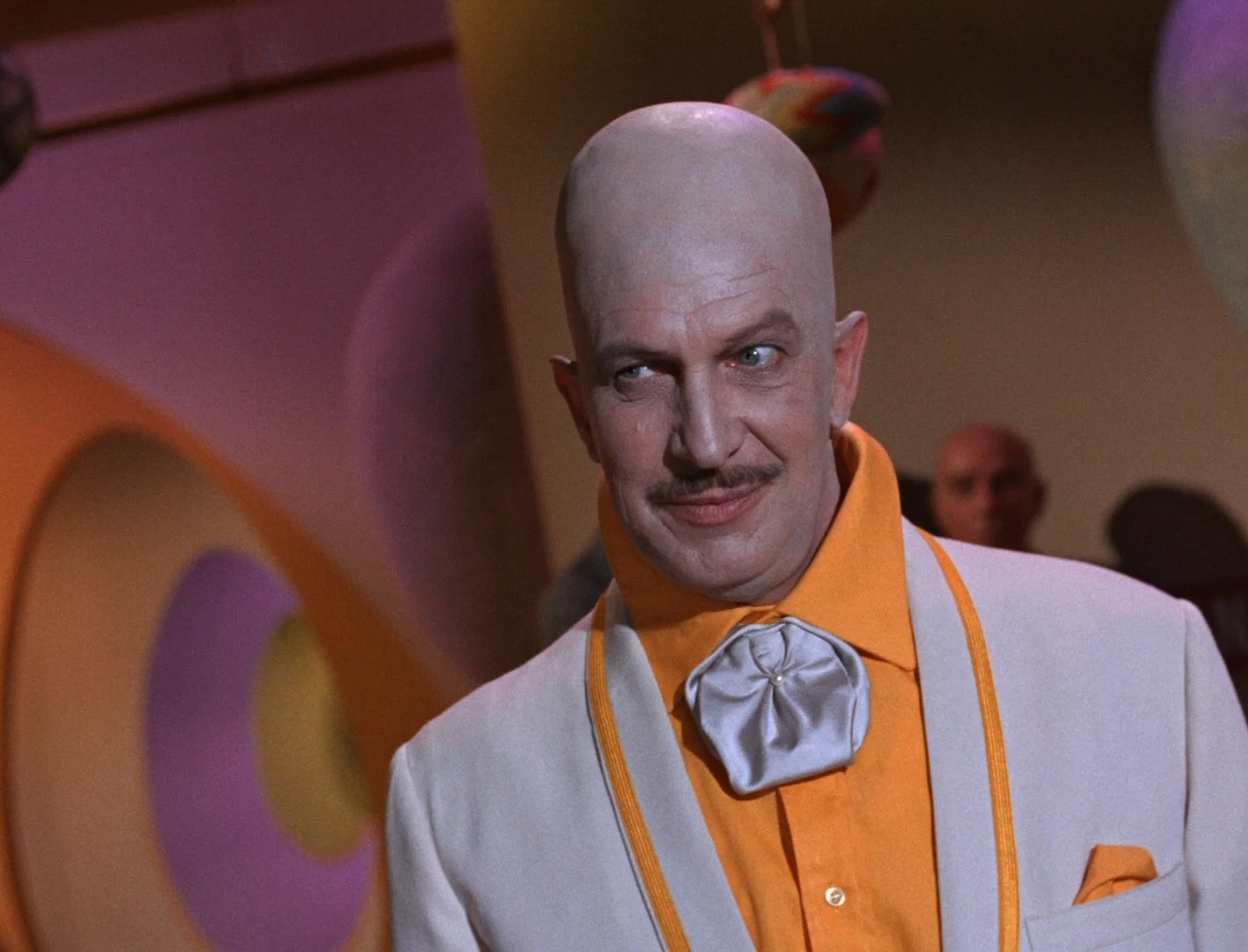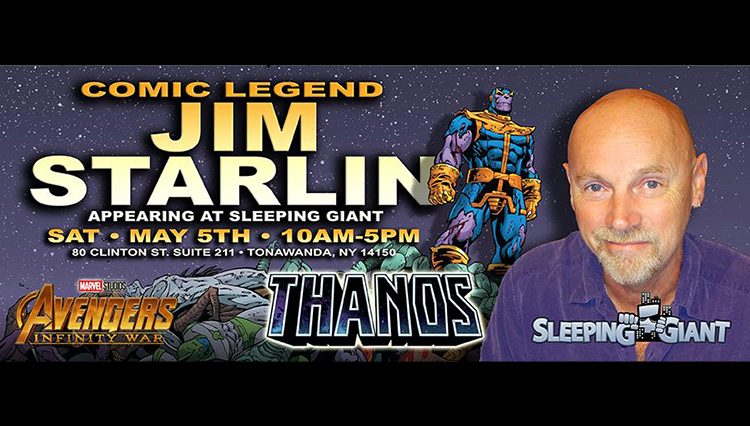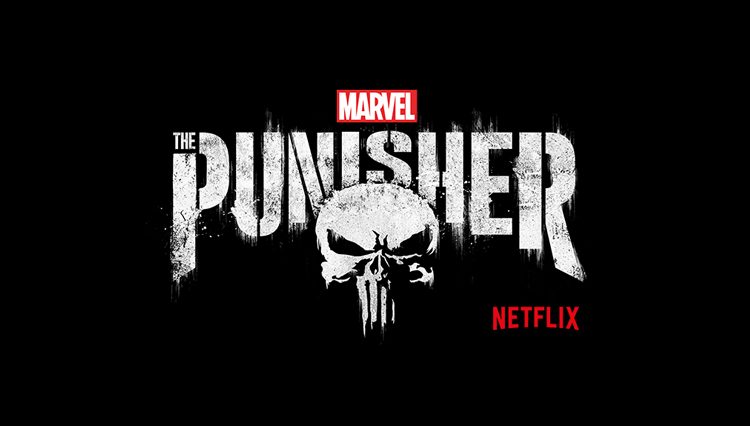Writer: Stan Lee
Penciller: Jack Kirby
Inker: Dick Ayers
Letterer: Artie Simek
“Prisoner of the Fifth Dimension”
September 11, 1962
As I started into this story, I realized what it was Marvel was trying to do by giving the Torch his own feature. They wanted their own Superboy comic. Think about it. The Human Torch, a teenager, who lives in a small town with a life outside the madness of the Fantastic Four, finds himself facing threats to his community. Come on, what are the odds that so many threats could happen in a small time like his or for that matter, Smallville? It must drive the property values down really low.
And speaking of property, the story deals with a developer who manages to pick the worst places to build his new homes that ultimately sink into what appears to be a swamp. A local old man, who looks like he just got off the turnip truck from the South, informs him that it’s the “Swamp Demons” that are causing the havoc. Of course, they don’t believe him and set a new foundation of double the hard soil, but the next day another house, presumably having already been built – but then how does one lay down the foundation then – sinks into the swamp.
Johnny contacts Reed who cannot find any natural answers for the disasters, but he can’t help any more than that as he, Sue, and Ben are busy with another case. We’re not at the point yet where everything in the Marvel Universe is connected, so we don’t get an editor’s note saying what issue of FF we can find this case. It’s kind of funny how the Torch always seems to be away when they are dealing with other cases because he’s dealing with issues of his own in his hometown.
Growing up, if I had known these stories existed, I might have had a lower opinion of the Fantastic Four because it takes a lot to stretch the believability that Marvel was trying to achieve when they have this kind of DC Comics logic of the 60s in a feature like this.
Now, the story does take an interesting twist when Johnny investigates further and finds a group of aliens, led by the old man, who have a weapon that softens the foundation of the house, turning it into a swamp. He is captured by the old man and taken to the dimension that they come from.
In this “Fifth Dimension,” Johnny learns that the area of the development is a bridge between the dimensions and the aliens are planning an invasion. He notes one young woman looking worried though as the aliens express their plans. They place Johnny in a tank of water so his flame is useless.
Hours later, he is freed by the woman, Valeria, and her father, Phineas. They and many others oppose Zemu and his plans for conquest, but he has the army to back him up. Freed, the Torch begins his attack. He takes out giant magnets that try to imprison his new allies. He creates super tornadoes to suck up the flameproof tanks. He causes the opposition to rise up by spreading the word of the revolution via his sky-writing ability.
Finally, he comes face to face with Zemu and imprisons him in a wall of fire. With the threat defeated, the Torch returns to his world and his simple life of school. Overall, this is a simple enough story. The opening chapter of three where the Torch does his investigations is boring, but it kicks in when he enters the Fifth Dimension in the second chapter. The art by Kirby is fine, but I have to wonder if Dick Ayers subdues the more dramatic touches that Kirby was known for. Or maybe Kirby found this as boring as I did in reading it.
Writer: Stan Lee
Scripter: Larry D. Lieber
Penciller: Jack Kirby
Inker: Dick Ayers
Letterer: Jon D’Agostino
“Betrayed by the Ants”
September 11, 1962
The story opens with a former government scientist known as the Egghead being hired by a group of mobsters to stop the Ant-Man because he’s been disrupting their criminal activities. He works out the frequency that Ant-Man uses to talk with the ants and uses it to sway the ants to work for him as apparently, Ant-Man has them enslaved. He convinces them to betray him by luring him into a trap where he will be caught on simply flypaper.
But the flypaper is useless as Ant-Man quickly escapes and takes on the gangsters. I love the bit as he uses a nylon lasso to hurl one of the mobsters. He quickly rounds them up as the police arrive. Ant-Man reveals that the ants work with him and not for him. They pretended to agree with Egghead and then revealed his plans to Ant-Man who then prepared himself by coating himself in a non-stick liquid.
OK, now that we have this simple, but fun story out of the way, one that I may add, doesn’t really feature Ant-Man until near the end of the story, let’s talk about Egghead.
Egghead is going to become a primary villain against Ant-Man is my understanding. It’s 1962. In 1966, TV’s Batman, Adam West, will fight Egghead as portrayed by Vincent Price. While this Egghead will not dress like Marvel’s Egghead, they both have the dome-shaped head and possess the superior intellect. So, I have to wonder how that all worked out and Marvel didn’t do anything to stop the character from being used. At least with Black Widow, as played by Tallulah Bankhead, she bears no resemblance to the Marvel character, being rather an older widow engaged in a life of crime. Was Egghead in the background at this point, 1966, as Ant-Man was dealing with more worldly matters with the Avengers? Time will tell as we continue this journey.


